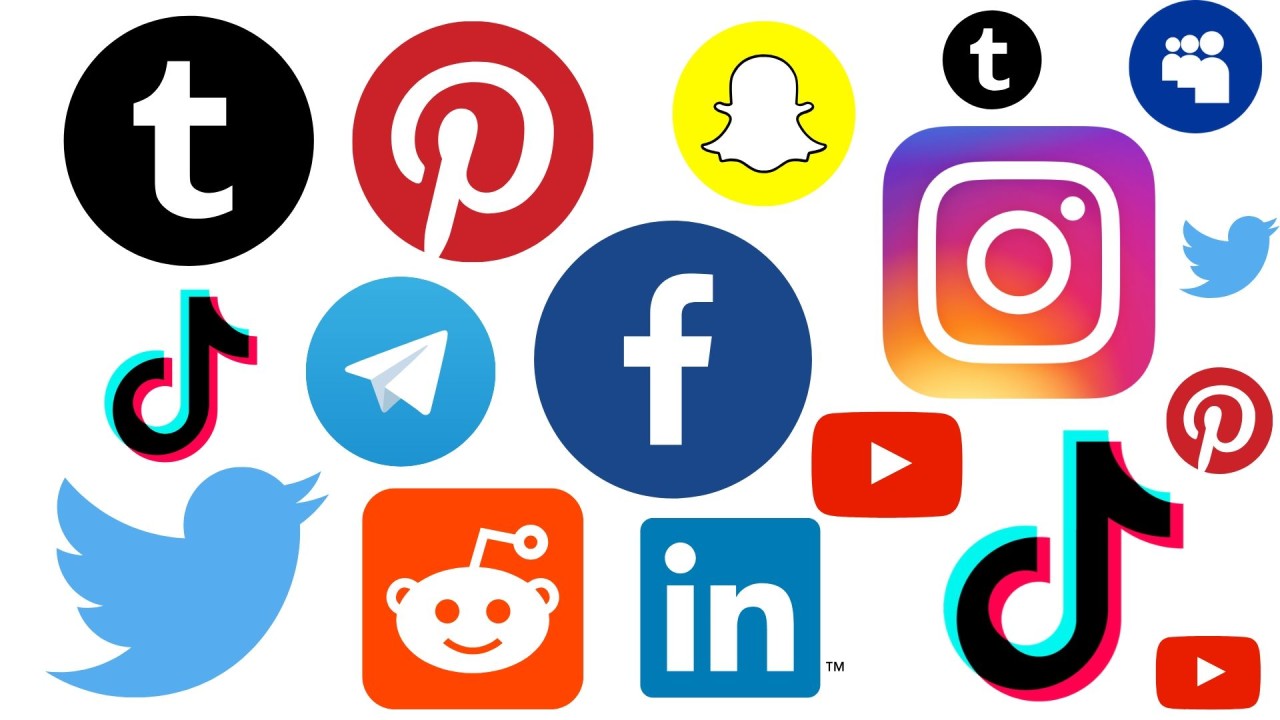Since its inception in 2009, Minecraft has become a global phenomenon, captivating millions with its open-world sandbox gameplay and endless possibilities. One of the key aspects of Minecraft’s enduring appeal is its distinctive visual style, which includes its game icons and banners. These elements not only serve as a graphical representation of the game but also reflect its evolution over the years. In this article, we will delve into the history and significance of Minecraft’s game icons and banners, exploring how they have changed and what they represent.
The Iconic Game Icon
Minecraft’s game icon has undergone several transformations since its early days. The original icon, introduced in 2009, featured a simple, pixelated image of the game’s protagonist, Steve, with a blocky texture reminiscent of the in-game graphics. This early icon was designed to be immediately recognizable to fans and to evoke the game’s unique aesthetic.
As Minecraft gained popularity, the icon evolved to reflect the game’s growth and development. By 2011, Mojang, the game’s developer, updated the icon to feature a more refined and detailed image of Steve’s face. This new icon maintained the pixelated style but incorporated a more polished look, aligning with the game’s expanding features and visual improvements.
In 2017, Minecraft’s icon underwent another significant change with the introduction of the “Minecraft: Bedrock Edition” and “Minecraft: Java Edition” icons. These new icons were designed to differentiate between the two versions of the game. The Bedrock Edition icon featured a more streamlined and modern design, while the Java Edition icon retained a more classic, nostalgic feel.
The Evolution of Game Banners
Banners in Minecraft serve as customizable decorative elements that players can use to express their creativity. They have become an essential part of the game’s visual identity, allowing players to create and display unique designs within their worlds.
Initially, banners in Minecraft were quite basic, with limited design options. However, as the game evolved, so did the complexity and variety of banners. The introduction of new crafting recipes and dyes in updates allowed players to create increasingly intricate and personalized banners.
One notable update was the addition of the banner pattern feature, which allowed players to layer different patterns and designs onto their banners. This update not only expanded the possibilities for customization but also provided players with new ways to express their creativity and individuality within the game.
The Significance of Icons and Banners
Minecraft’s game icons and banners are more than just visual elements; they represent the game’s identity and its evolution over time. The game icon serves as a symbol of Minecraft’s brand, capturing the essence of the game’s aesthetics and its appeal to players. As the game has evolved, so too has the icon, reflecting changes in the game’s design and features.
Similarly, banners in Minecraft play a crucial role in the game’s creative expression. They allow players to showcase their personal style and create unique designs within the game world. The evolution of banners reflects the game’s commitment to creativity and player expression, providing new tools and options for players to explore.
The Future of Minecraft Icons and Banners
As Minecraft continues to evolve, it’s likely that its game icons and banners will also see further changes. The introduction of new updates, features, and content may inspire new designs and innovations in these visual elements. The ongoing development of the game ensures that Minecraft’s visual identity will continue to adapt and grow, keeping pace with the game’s expanding universe.
In conclusion, Minecraft’s game icons and banners are integral to the game’s visual identity and its evolution over time. From the early days of the pixelated icon to the modern, refined designs, these elements have played a significant role in shaping the game’s image. The original icon, introduced in 2009, As Minecraft continues to captivate players around the world, its icons and banners will undoubtedly continue to evolve, reflecting the game’s ongoing journey and its commitment to creativity and expression.



